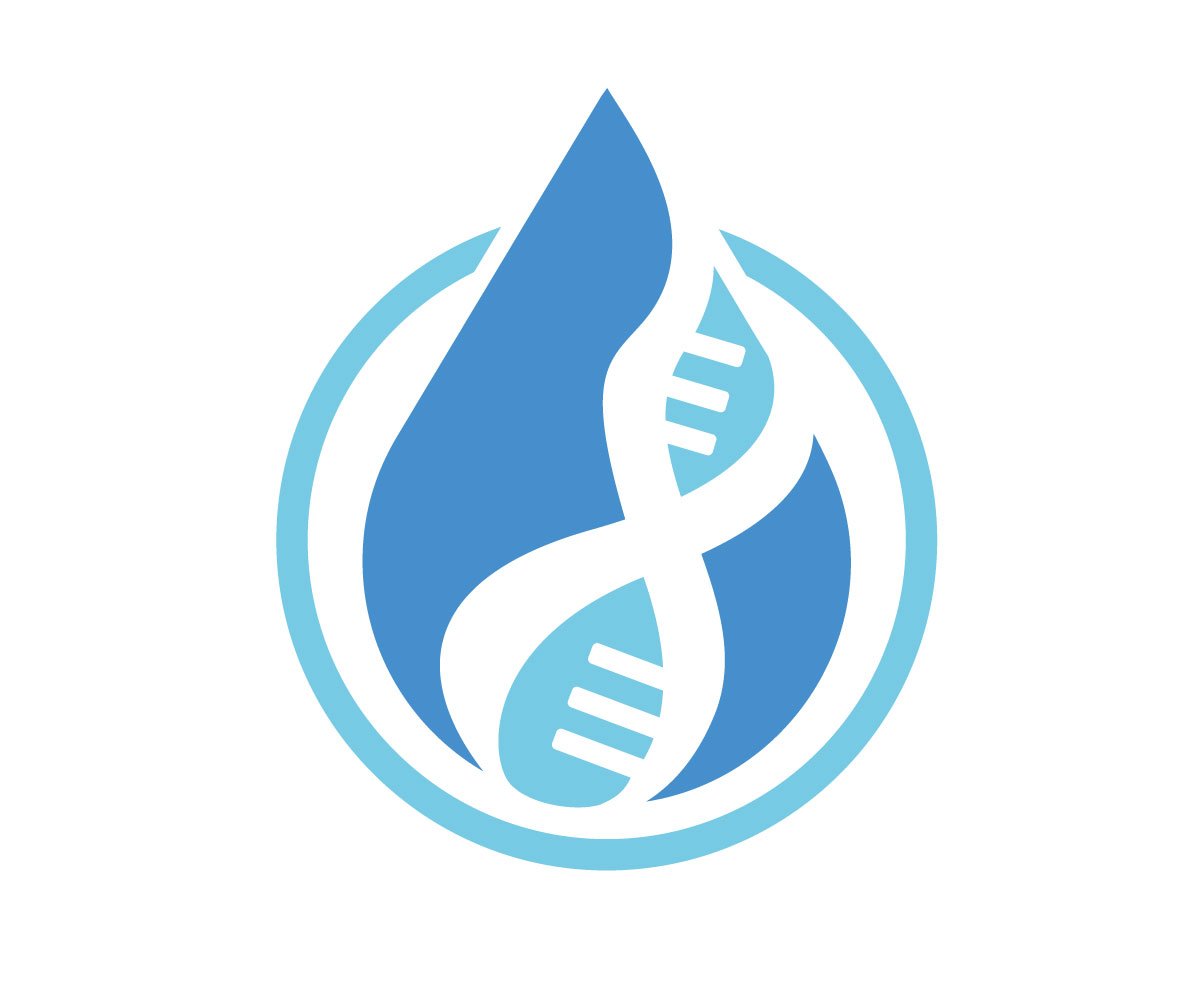DNA Testing After a Stem Cell Transplant: A Fascinating Case
When you have an allogeneic bone marrow or stem cell transplant, the blood-producing cells in your bone marrow are killed off by radiation or chemotherapy and then replaced with functioning cells from another person.
Sign up to read this post
Join Now

